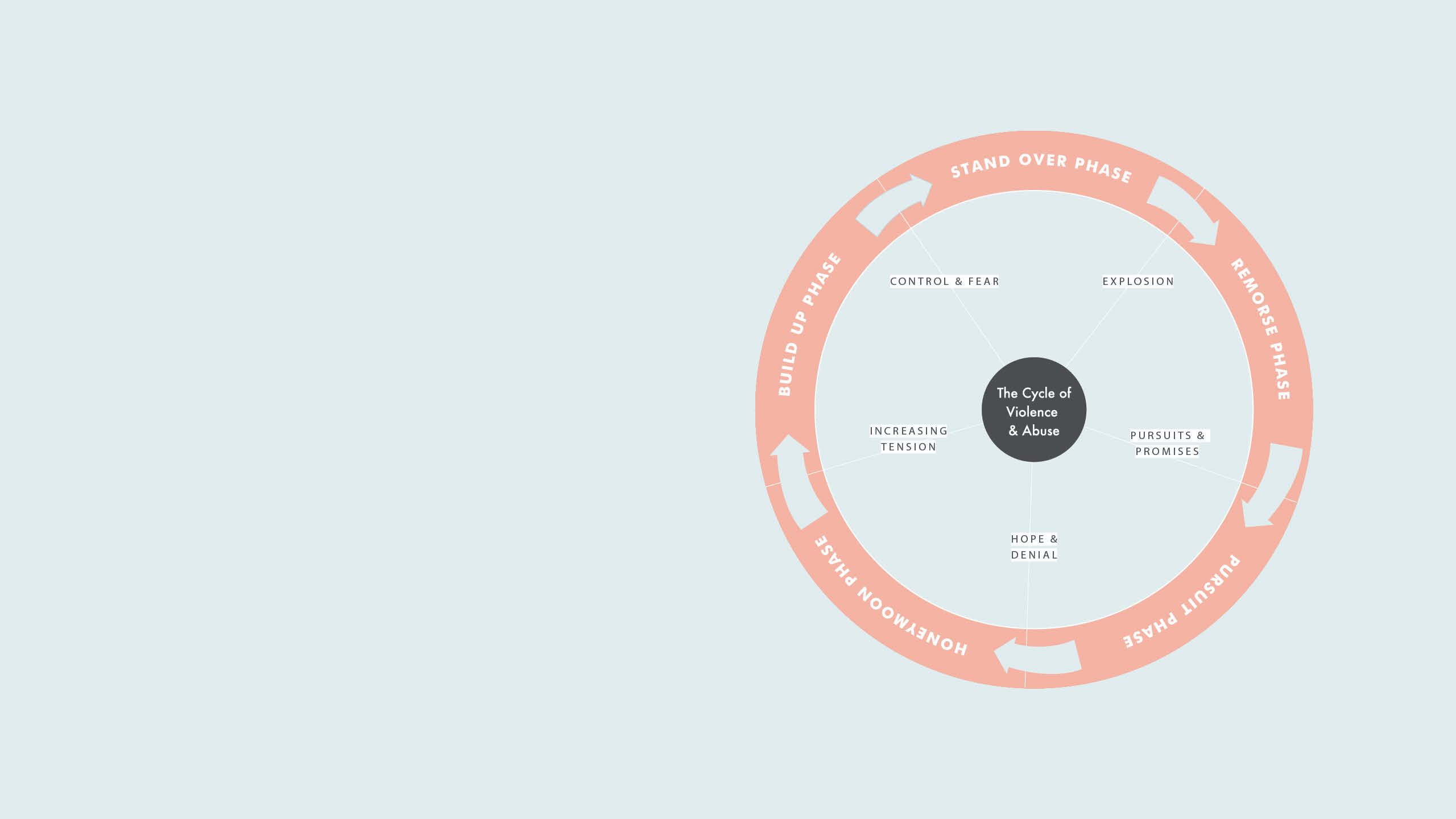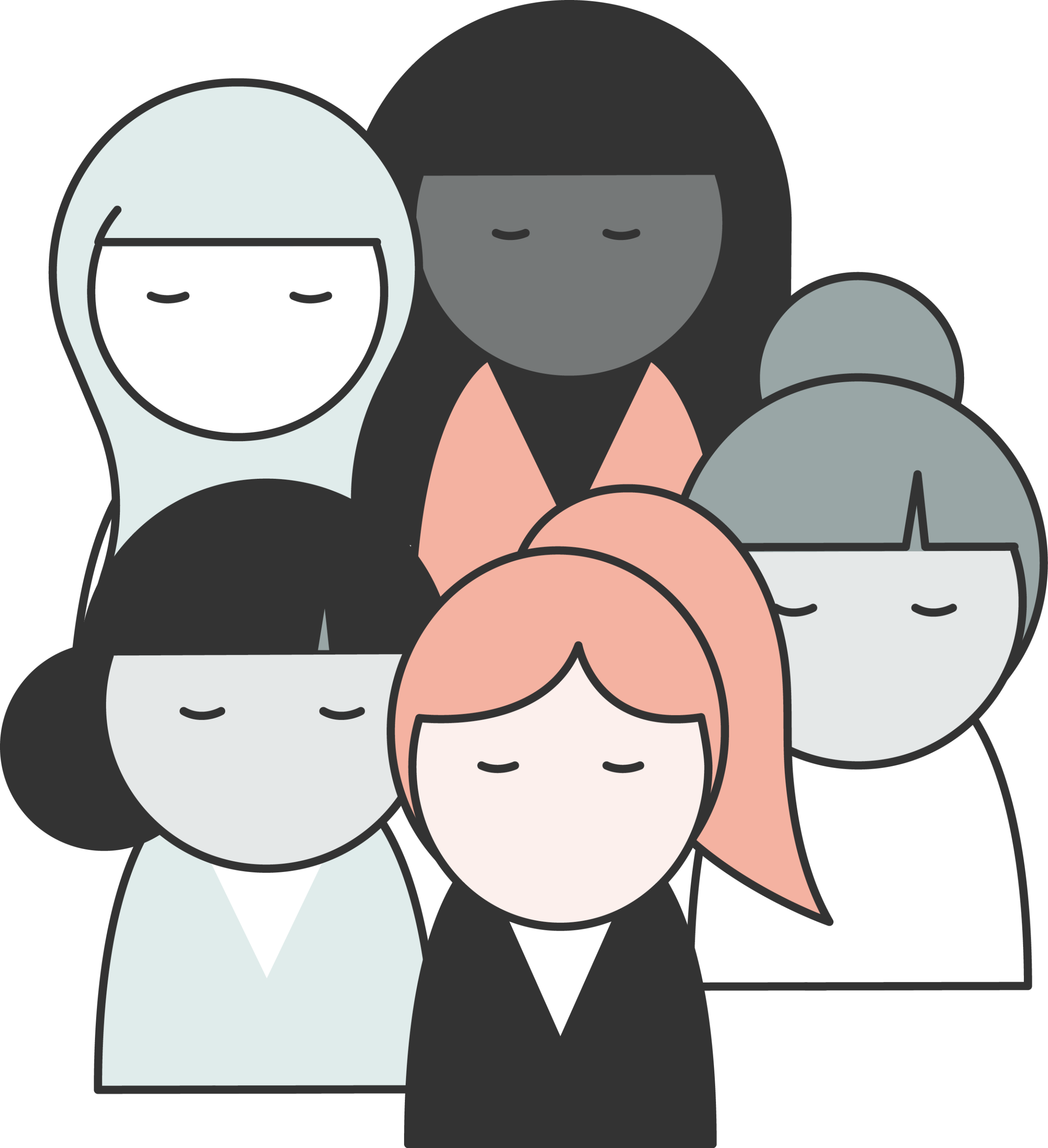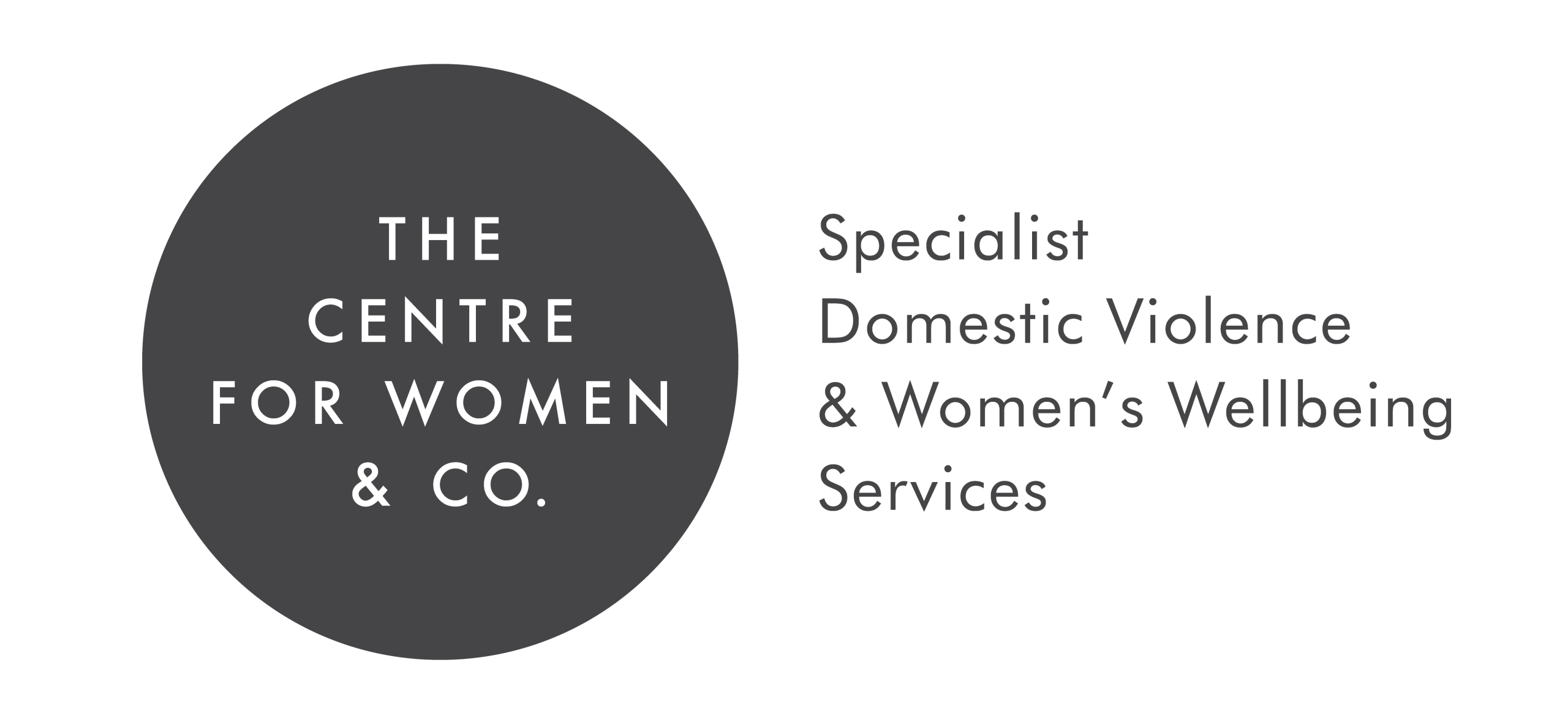What is
domestic and
family violence?

If you're viewing this on a phone or tablet, please rotate your device to view in landscape view.



have experienced physical or sexual violence by an intimate partner since age 15.
have experienced physical or sexual violence and/or emotional abuse by an intimate partner since age 15.
...are more likely than men to suffer physical harm, including injuries requiring medical treatment, absence from work and prolonged recovery.
...are more likely than men to be victims of domestic homicide.
...are more likely to fear men as a result of domestic violence.
...are more likely than men to use violence against their partner in self-defence or in response to a loss of control or dignity from ongoing violence or control by their partner.
98.3% of offenders of non-fatal strangulation between 2016-2018 were male offenders in QLD.
Domestic and family violence is considered a gendered crime, in that it is mainly perpetrated against women and their children by men.
Women and children are disproportionately represented as being victims of domestic and family violence, and the violence they experience is usually much more severe compared to male victims of domestic violence.
It is also noted that people with disabilities, Aboriginal and Torres Strait Islander, Culturally and Linguistically Diverse and LGBTIQ+ populations experience domestic and family violence at much higher rates than the general population.

The Domestic and Family Violence Protection Act 2012 (QLD) defines domestic and family violence as:
Behaviour by a person towards another person, with whom the first person is in a relevant relationship, that—
- Is physically or sexually abusive; or
- Is emotionally or psychologically abusive; or
- Is economically abusive; or
- Is threatening; or
- Is coercive; or
- In any other way controls or dominates the second person and causes the second person to fear for the second person’s safety or well-being or that of someone else.
Meaning of relevant relationship
A relevant relationship is—
- An intimate personal relationship; or
- A family relationship; or
- An informal care relationship.
Non-judgemental and careful listening – this can be empowering for a person who has been abused.

Domestic and Family Violence includes different types of abuse. It does not only mean physical abuse.
Physical: Physical abuse is when a person uses physical force against another. Physical abuse can include hitting, pushing, kicking, punching, scratching, strangling or choking, spitting or biting, using weapons, physical restraint, harm to children or pets, locking you outside or inside a house, depriving you of sleep or food and driving dangerously.
Sexual: Sexual abuse is any unwanted or forced sexual activity from one person to another. Sexual abuse includes rape, unwanted touching, assaulting genitals, forced sex without protection leading to STI transmission or pregnancy, reproductive coercion or using sex to coerce compliance and unwanted exposure to pornography.
Emotional and psychological: You can experience violence without being physically hurt. Emotional and psychological abuse has major impacts on people’s sense of self, safety, mental health and wellbeing. Emotional and psychological abuse can include constant put downs and verbal abuse, blaming you for everything going wrong, ‘gas lighting’, name calling, threats and intimidation, making you feel guilty or scared for not doing something they ask and socially isolating you from friends and family.
Social abuse and isolation: Social abuse includes controlling who you can and can’t see, who you can be friends with, stopping you from going to social events or gatherings, stopping you from participating in community and cultural events, controlling your social media and can lead to social isolation so you are reliant on your partner for all social supports.
Verbal: Verbal abuse includes yelling and screaming in anger, threats to hurt or kill you or others, put downs and taunts, continual criticism, swearing, humiliation and name calling with the intent to emotionally abuse and manipulate you.
Financial: Financial abuse includes not allowing you to have your own bank account, taking control of finances, stealing from you, not letting you work, not letting you buy things for yourself, only giving you money if you do what they say, spending family income on drugs, alcohol and gambling, identity theft to open bank account or secure credit and refusing to work to contribute to household expenses.
Spiritual and cultural: Spiritual and cultural abuse is the misuse of spiritual or cultural beliefs to justify abuse and violence towards someone, or not allowing you to practice your chosen beliefs.
Coercive control: Coercive control is a pattern of abusive behaviours that instil fear in victims so that perpetrators maintain control over them. Coercive control is maintained through the use of multiple types of abuses over time and can include threatening suicide or self-harm, threatening to hurt or kill you or others, stalking and monitoring, physical assaults, intimidation, verbal abuse and put downs, isolating you from friends and family and sexual violence or coercion.
Tech facilitated abuse: Tech facilitated or digital abuse is the use of technology to abuse, harass and intimidate. Tech abuse can include uploading personal photos or content or threatening to do so, tracking you through technology, controlling who you can be friends with on social media, hacking into your accounts and impersonating you or going through personal data, harassing you by messaging and calling excessively or withholding technology so that you can’t communicate with others.
Stalking, monitoring and harassment: Stalking is persistently pursuing someone against their will, and can be with or without the victim’s knowledge. Stalking can include following you, tracking you through technology and social media, sending multiple messages or calling excessively, monitoring your use of technology. Stalking creates fear and can make a victim believe they are in danger.
Damage to property: Damage to property includes using physical strength, threats and intimidation to cause damage or threaten to cause damage to personal belongings and valuables and is a form of coercive control.

what's your part in the story?
If you or someone you know needs immediate support, we are here to assist. You can call us on 3050 3060.
We offer free, non-judgemental support that respects women's choices.
Our services are free and available to women living within the Logan and Redlands regions.
In case of an after hours need for support, please call DV Connect's 24/7 DFV Crisis Line 1800 811 811 (Qld state-wide).
In case of a life threatening emergency please call Triple 000
#strongertogether #notnownotever

References
Australian Bureau of Statistics, Personal Safety Survey, Customised Report, 2016.
Australian Institute of Health and Welfare. (2019). Family, domestic and sexual violence in Australia: continuing the national story 2019.
ANROWS (2019). Intimate partner violence [Infographic]. Retrieved from https://20ian81kynqg38bl3l3eh8bf-wpengine.netdna-ssl.com/wp-content/uploads/2019/01/ANROWS_Infographic_BurdenofDisease.pdf.
Cox, P. (2015). Violence against women in Australia: Additional analysis of the Australian Bureau of Statistics’ Personal Safety Survey, 2012, Sydney, Australia: ANROWS
Forsdike, K., Tarzia, L., Hindmarsh, E., Hegarty., K. (2014). Family violence across the lifespan. Australian Family Physician, 43, 768-774. Retrieved from https://www.racgp.org.au/search?q=domestic%20and%20family%20violence.
Hegarty, K., & O'Doherty, L. (2011). Intimate partner violence: Identification and response in general practice. Australian family physician, 40(11), 852.
On, M. L., Ayre, J., Webster, K., & Moon, L. (2016). Examination of the health outcomes of intimate partner violence against women: State of knowledge paper. Australia's National Research Organisation for Women's Safety (ANROWS).
The Royal Australian College of General Practitioners. (2014). Abuse and violence: working with our patients in general practice.
World Health Organization. (2018). Addressing violence against women: Key achievements and priorities. Retrieved from https://www.who.int/reproductivehealth/publications/violence/adressing-vaw-achievements-priorities/en.
